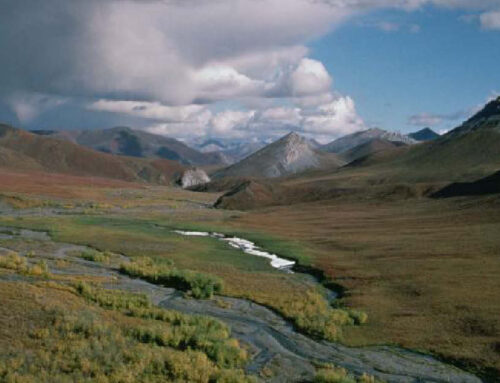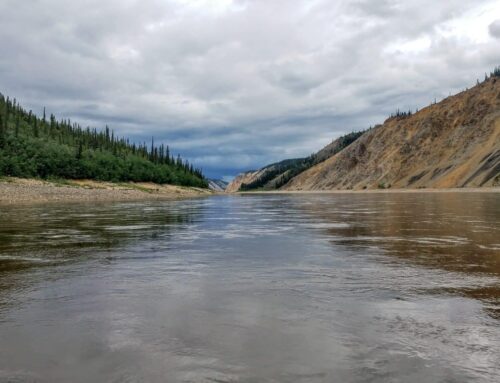Over the past several weeks, lawmakers held hearings on the U.S. Forest Service’s fiscal year 2017 budget request. Released in February, the Forest Service budget is asking for some significant changes that could affect taxpayers. Forest Service Chief Tom Tidwell attended three hearings to discuss the budget proposal with Congressional committees.
In addition to requesting $873.9 million for wildfire suppression, $50 million for grazing management, and $264 million for recreation, and $23.5 million for landscape restoration, the Forest Service is proposing to boost the amount of timber it will offer in FY 2017 from the FY 2015 enacted level of 2.9 billion board feet to 3.2 billion board feet (the same as its plan for FY 2016) – a level not harvested since 1998.
Lawmakers had a lot to say about the Forest Service’s proposals. In each hearing, much of the discussion was dominated by the cost of fire suppression and how to reform the wildfire budget in order to avoid last-minute budget-transfers known as “fire-borrowing.”
Many Lawmakers also expressed concern that despite the Forest Service’s plans to increase timber harvest levels, the Forest Service still isn’t doing enough to make timber available for communities. Chief Tidwell said that part of the problem is an inability by the Forest Service to secure markets for timber and salvage sales.
Referring to timber harvest in Alaska’s Tongass National Forest specifically, Senate Energy and Natural Resources Committee Chairman Lisa Murkowski (R-AK) urged Chief Tidwell to complete the Tongass Land Management Plan (TLMP) amendment (begun in 2015) and to increase logging levels in the Tongass. Murkowski also praised the Forest Service for moving forward with its Big Thorne timber sale in the Tongass, which makes 148.9 million board feet of timber available for harvest, and could cost taxpayers $110 million based on historic Forest Service timber losses in the Tongass.
Lawmakers conveyed their constituents’ concerns that grazing on Forest Service lands has declined in recent years and lamented perceived restrictions on ranchers’ access to grazing land. Rep. Simpson (R-ID) also asked Chief Tidwell to describe the Forest Service’s proposed increase to the federal grazing fee, which Tidwell explained is a necessary increase to make federal grazing on par with state and private grazing fees that are much higher than on federal lands. Tidwell noted that raising the fee would also increase the Forest Service staff’s capacity to manage grazing land more actively for ranchers.
At TCS we are especially concerned with the Forest Service’s timber harvest proposal. At current harvest levels, the Forest Service is losing hundreds of millions of dollars each year because the revenues it receives from timber sales fall far short of the costs to administer the sales. In 2014, alone, this cost taxpayers $350 million. In the Tongass National Forest in Alaska specifically, money-losing timber sales cost $130.5 million from 2008-2013. Increasing national harvest levels to 3.2 billion board feet could cost taxpayers hundreds of millions more. The Forest Service needs to stop offering money-losing timber sales and ensure that revenue from sales will cover administration costs for the timber they sell.
We are also concerned with the current federal grazing program. The current fee for cattle grazing on federal land is $1.35 per animal unit month (AUM), while the Forest Service’s Grazing Management program that administers these lands typically receives about $50 million per year. On private lands, ranchers are typically charged a much higher fee to graze ranging from $18-$20 per AUM. Because the $1.35 federal fee does not even come close to covering that cost, taxpayers are therefore subsidizing grazing for these ranchers.











Get Social